ADSORBENT
Hydrogen Production / Storage
-
Hydrogen Production
Raw materials
LNG, LPG, OIL, coal, water, ammonia, etc.
Materials that contain hydrogen(H)
Reforming plant 
Water electrolysis -

Ammonia Reformation 
AC (Solid Ammonia) -
 High Purity Hydrogen
High Purity Hydrogen -
Hydrogen Storage

Hydrogen Tank
/ LOCH
/ Chemical StorageMetal hydrideAB2(Solid Storage) -

Liquid Hydrogen Fuel Cell
H2 Car Fueling Station
Fuel Cell
H2 Car Fueling Station
Business
-
Large area of service coverage
Response to low level alerts
Maximum Safety, Core Technology
-
Hydrogen Production from Ammonia Reformation
-
AB2 Solid Storage
Easy hydrogen storage, charging, and discharging
Maximum Convenience
Status of Current Technology for NOx Removal from Cement Production : SNCR and SCR will be implemented simultaneously to reduce nitrous oxide from cement production (Ministry of Environment)
*Target Denitrification
Efficiency(%) : ~70
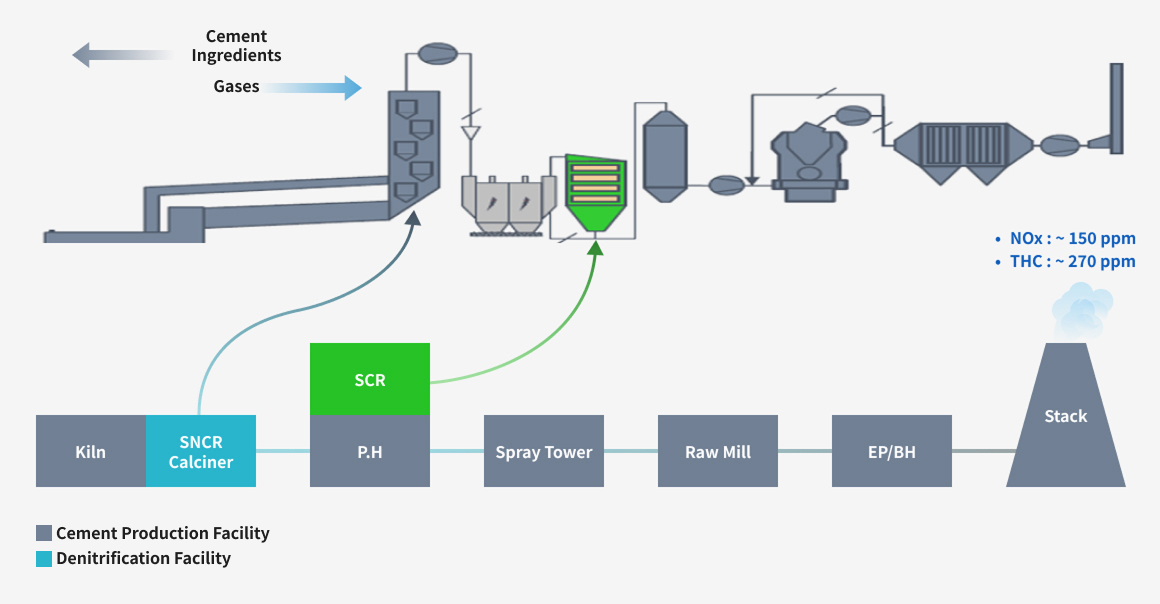
PROBLEM
- Strengthening Regulations : 240 ppm upper limit and 98 ppm lower limit by 2027
- Technical limitations : need to secure SCR catalyst durability in high emission environment/within the next 6 months
- Economic limitations : expected to exceed 10 billion per initial kiln installation, and expected to exceed 5 billion in annual maintenance costs
Cement ingredient base nitrogen adsorbents
HYDROCHEM’S New Denitrification Process (SNCR + NOx Adsorption)
* Denitrification Efficiency(%): 70~

SOLUTION
- Technology Overview : Adsorption material with NOx adsorption for cement ingredients
→Add NOx adsorption to Ca(OH)₂ Base - Technology : Does not affect the cement production process, and has excellent adsorption at high temperatures
- Affordability : Estimated one-half cost compared to standard SCR systems
- ZERO EMMISION : The adsorbent is 100% used in cement production
- Perfect response to tightening regulations
NOx Adsorbent Properties : Adding adsorbents to cement production can adsorb NOx and THC simultaneously
Adsorbent Basics

Adsorbent Properties
- Increased adsorption capacity at temperatures below 350°C
- NOx is desorbed to N2 at 550°C or higher
- THC removed by additional oxidation between 300°C and 350°C
- Ca(OH)2 based materials can be reused as cement ingredients, fertilizer, etc.
NOx Adsorption by Temperature
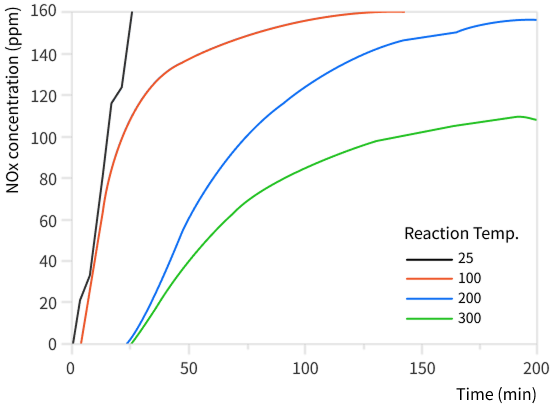
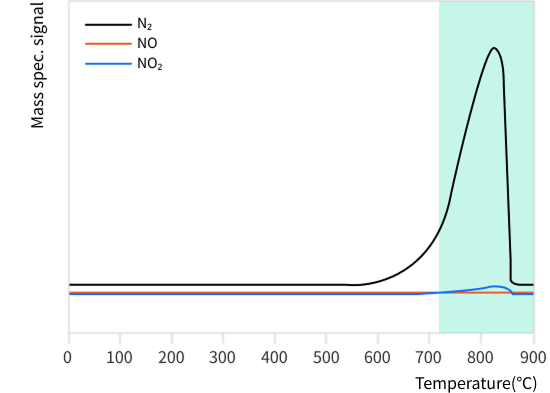
THC Deoxidation Properties
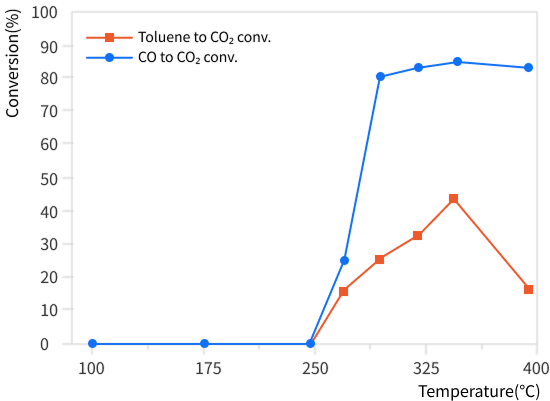
NH3 Adsorbent Properties : A widely used ammonia based adsorbent for it’s excellent adsorption and durability.
| Product Name | HC_Ads.1 | HC_Ads.2 |
|---|---|---|
| Product |  |
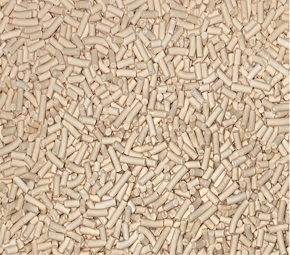 |
| Adsorbent Target | NH3 | NH3 |
| Adsorbent Components | Zeolites | Zeolites |
| Adsorbent Efficiency | Approx. 1.4 times absorption rate compared to 13X | Similar Adsorption rate to 13X |
| Adsorption Temperature | 13X와 Similar temperature to 13X |
Approx. 50°C lower than 13X |
NH3 Adsorption Efficiency
Breakthrough Trial
(NH3 3,000ppm Adsorption Trial)
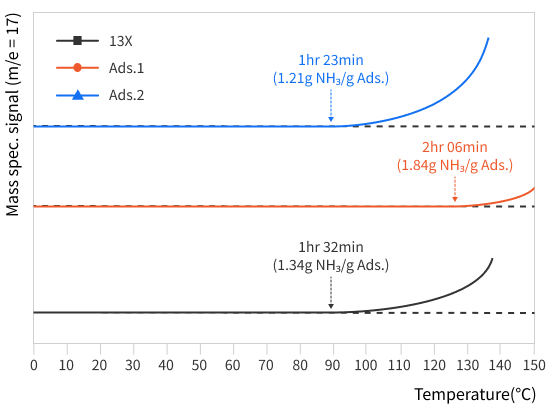
Recycling Trial
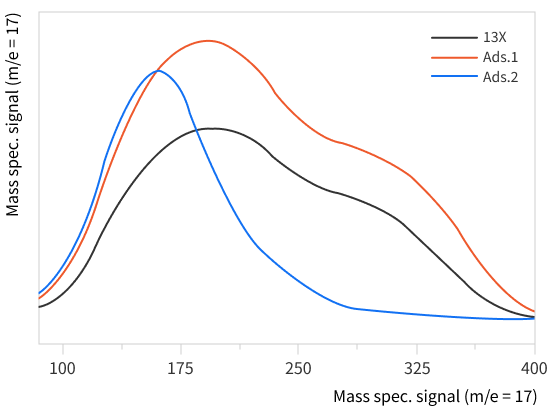
[Technology 1] Hydrogen Production
/ Storage (AC Solid Ammonia)
Requirements of the Technology
-

Needed for combating climate change and greenhouse gases
-

Requires water electrolysis H2 storage medium for new/renewable energy
→ Green NH3 Fuel -

NH3 Fuel
→ Need to solve the safety risks and hazards
Advantage
Easy Storage and Transport
Easy NH3 Reformation
Easy CO2 Capture
Easy AC Manufacturing
Concept of Technology 1.
NH3 Transport Media AC
-
NH3 to H2
NH3 to H2
-
NO TICKET (Urea)
① Toxicity
② Flammable
③ High Energy Cost (Urea to NH3, Sewage Treatment)
④ High Manufacturing Cost (CO2 + NH3 to Urea)TICKET (AC)
① Safety
② Low Energy Cost (AC to NH3)
③ Low Manufacturing Cost (CO2 + NH3 to AC) -
N2 & H2 to NH3
CO + NH3 to AC
Concept of Technology 2.
A2A system (AC to Ammonia system)







